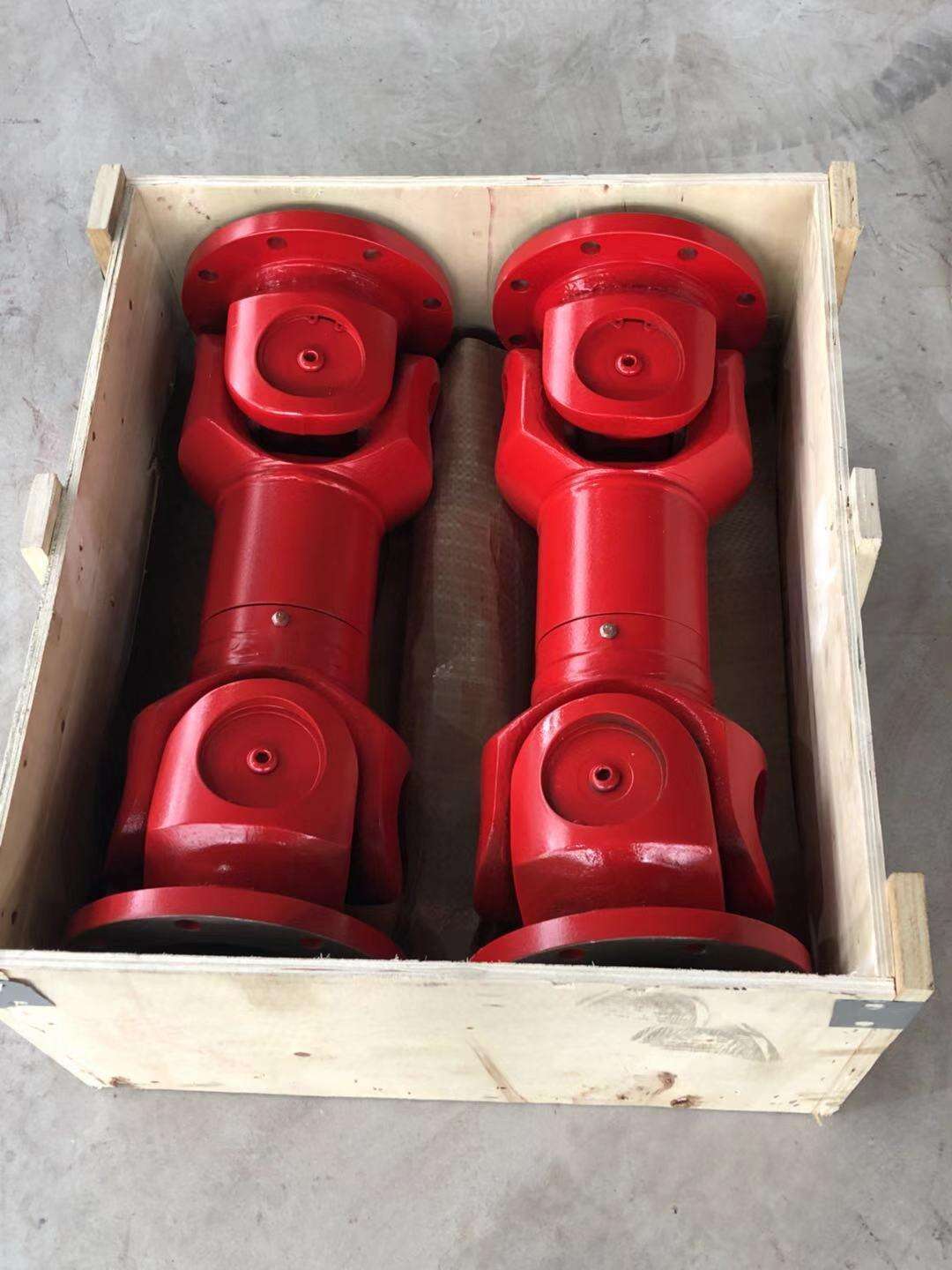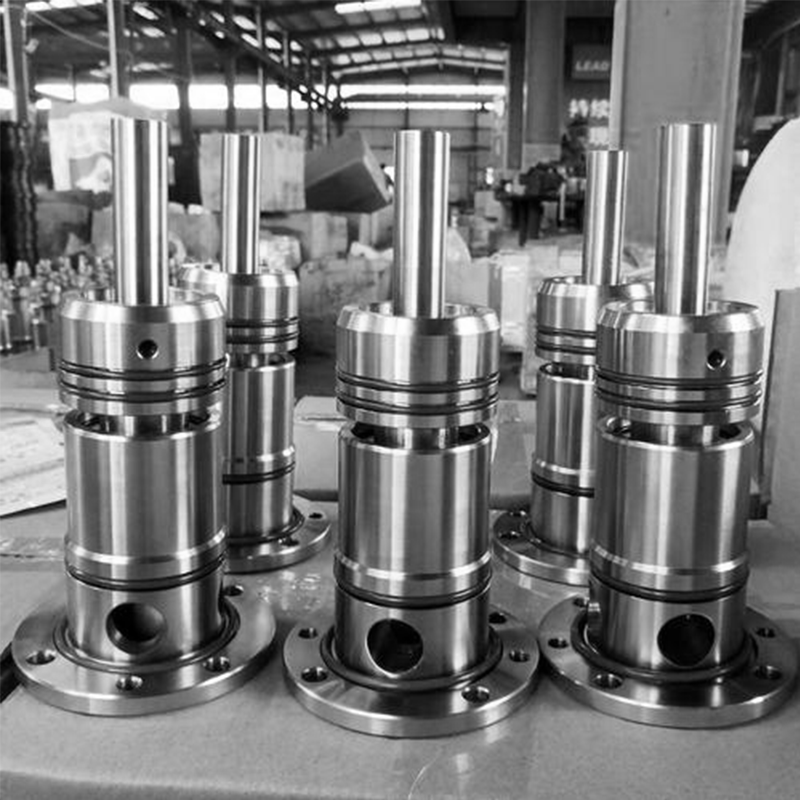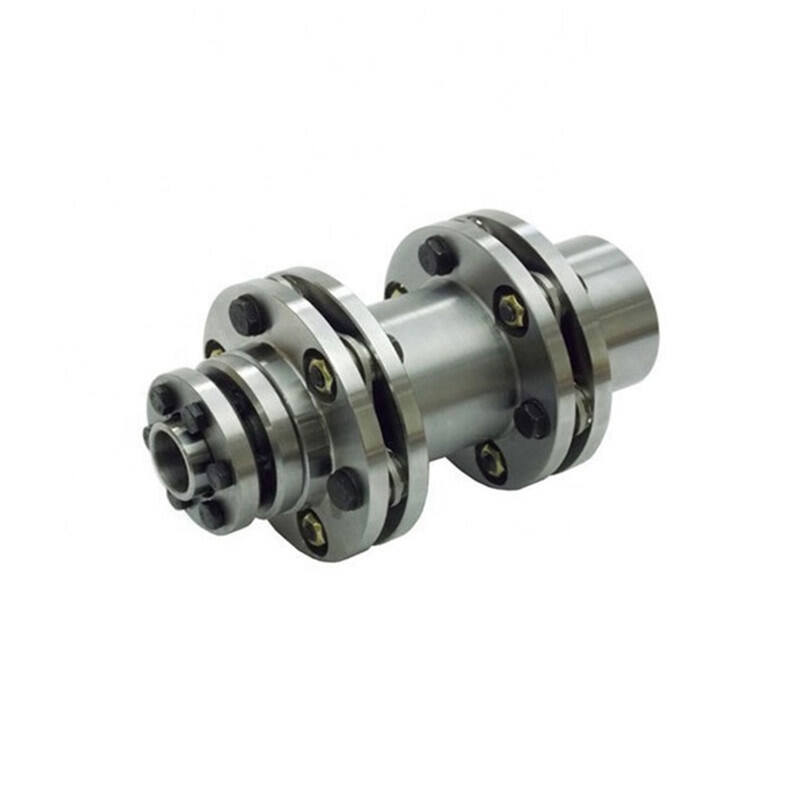buy universal joint
A universal joint, commonly known as a U-joint, is a crucial mechanical component that enables the transmission of rotational power between two shafts positioned at varying angles. When purchasing a universal joint, customers gain access to a versatile coupling device that maintains consistent torque transfer even when the drive shaft and driven shaft are not perfectly aligned. Modern universal joints incorporate precision engineering, featuring high-grade steel construction, needle bearings for reduced friction, and specialized seals to prevent contamination. These joints are essential in various applications, from automotive drivelines to industrial machinery, offering flexibility in power transmission across different planes. The design typically consists of a cross-shaped center piece with four protruding trunnions that connect to two yokes, allowing for angular movement while maintaining mechanical integrity. Universal joints are available in different sizes and load capacities, accommodating various torque requirements and operating conditions. When selecting a universal joint for purchase, considerations include the operating angle, rotational speed, torque requirements, and environmental conditions. Quality universal joints feature proper lubrication systems, balanced construction for smooth operation, and durable materials that ensure longevity in demanding applications.


